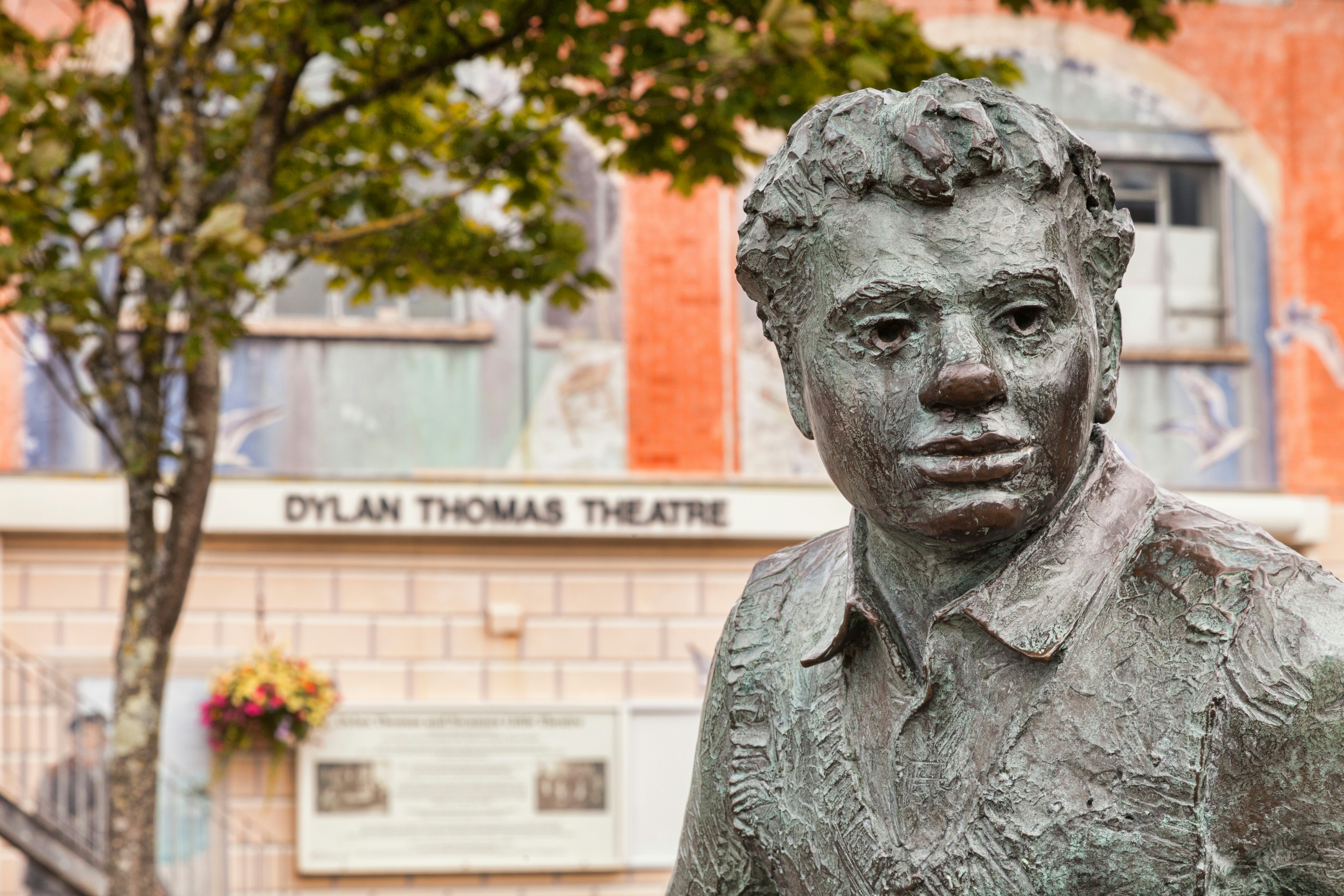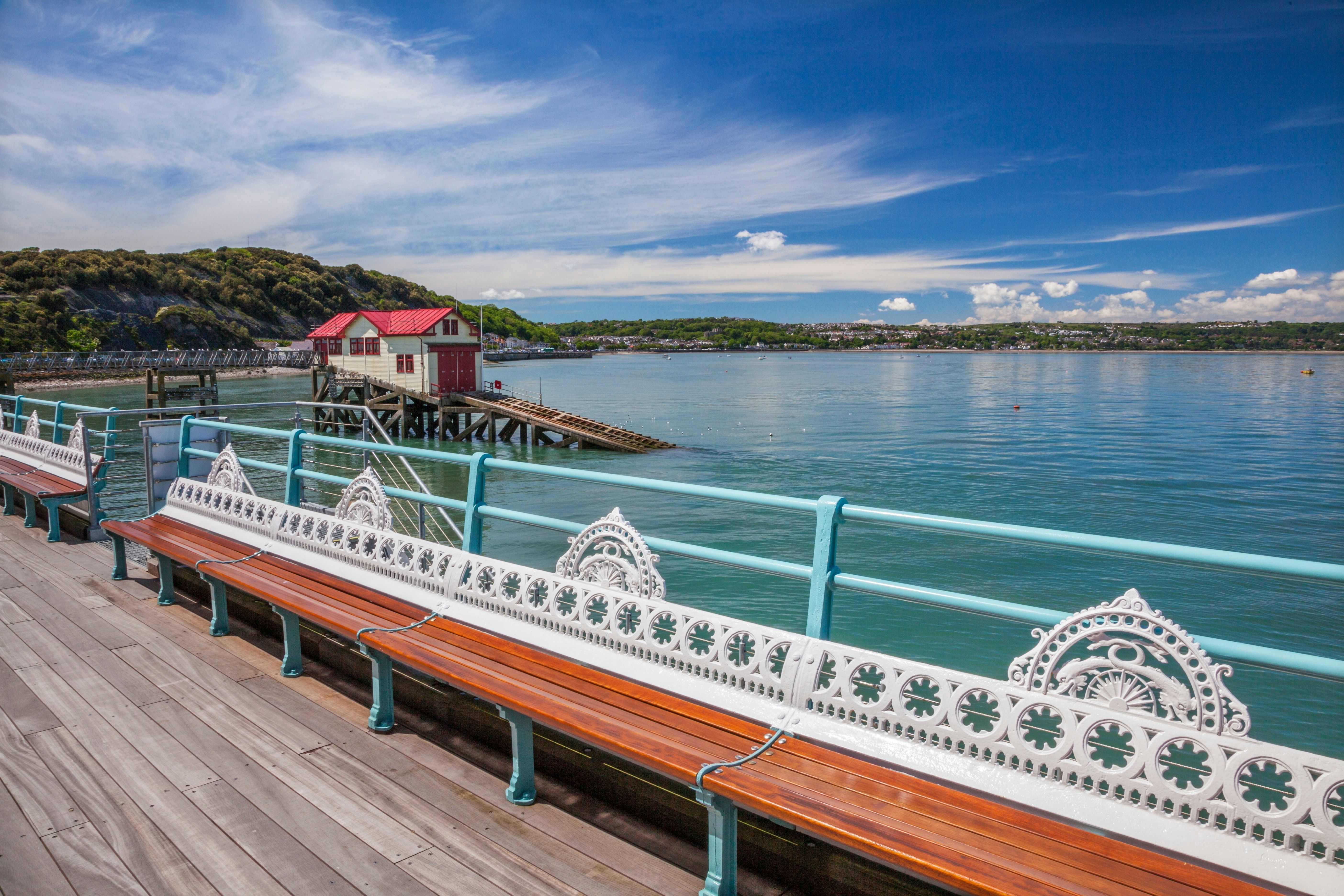
May 16, 20226 min read
The best British campsites for summer 2022: picture-perfect coasts, glamping and more
Jun 11, 2025 • 9 min read

The Gower Peninsula has some of South Wales' loveliest beaches. Billy Stock/Shutterstock
Wales’ second city, Swansea is the gateway to the wonderful beaches and coastal landscapes of the Gower Peninsula – named as the UK’s first Area of Outstanding Natural Beauty in 1956. A short hop from Swansea, and accessible to almost everyone thanks to paved sections of coastal path, the Gower calls out to walkers, surfers and birders, but it still feels delightfully natural and wild.
With three days to play with – a long weekend perhaps, or a mid-week getaway – you can enjoy Swansea’s museums, stroll along the pier in Mumbles, surf the exposed beach at Rhossili Bay, scramble along the rocky Worm’s Head, hike to heather-topped hills, and find peace in bird-thronged marshes on the Gower’s less-explored north coast.
Discover more on this three-day itinerary as you explore Wales’ gorgeous Gower Peninsula.
The best time to come is from June to August, coinciding with the driest weather – though this is also the busiest season. The days become increasingly pleasant as June approaches and everyone heads for the beaches, with the warm weather continuing till August. The months from April to May and September to October tend to be a little damper and cooler, but there are fewer tourists about.
Spring brings flowers along the roadsides – including Wales’ signature daffodils – while early fall sees attractive seasonal color lighting up the hills behind the beaches. Gower in winter tends to be cold and quiet, but the coastline has a different charm out of season.

While public buses run regularly from Swansea to Mumbles and villages around the Gower Peninsula, having your own set of wheels will make exploring easier, letting you enjoy scenic coastal roads and join the dots between pretty coastal villages and landmarks.
Alternatively, consider walking along the Wales Coast Path, which traces the perimeter of the Gower Peninsula as part of its 870-mile (1400km) run along the entire Welsh coast. The 38-mile (61km) Gower section of the walk can be covered in three days, and several sections of the route are paved and accessible for wheelchair users.
You aren’t venturing far from civilization, so pack comfortable shoes for walking, and your beach gear if the weather is nice, plus a smart outfit for an upmarket dinner. Rhossili Bay on the Gower Peninsula is a good spot for surfing or kitesurfing – or just flying a kite (you can buy one from the shop at the Pitton Cross Caravan Park in Pitton).

Go to Swansea: Swansea is served by regular trains and long-distance buses from across Wales and the UK; coming by car, follow the M4 through South Wales.
How to spend the day: Swansea is perhaps most famous as the hometown of legendary Welsh writer Dylan Thomas. The poet described Swansea as an “ugly, lovely town” in his poem Return Journey – but Swansea’s current clutch of cultured museums, revamped docks and sandy town beach may give you a more upbeat impression.
The city’s artistic heart is the Glynn Vivian Art Gallery, a naturally light space with a permanent collection that spans old masters and contemporary visual artists, including Claude Monet, Lucian Freud and big names from Welsh art. The collection of international porcelain and Swansea china is another interesting feature.
Swansea Museum is the oldest museum in Wales, hosting a diverse collection of artifacts and archaeological finds that put the city and South Wales into context. Meanwhile, the National Waterfront Museum, located in the revamped Maritime Quarter, brings Swansea’s industrial history to life with interactive displays and impressive full-sized replicas of historical forms of transport.

Take time to explore Swansea Market, one of the largest in Wales, and a great place to track down local Penclawdd cockles and the Tolkien-sounding laverbread (actually a paste made from cooked seaweed). Try Swiston’s Seafoods, or sample a different take on fish and seaweed at Little Tokyo.
For a dose of Welsh literary culture, the Dylan Thomas Centre is a must-visit for anyone interested in Wales’ most famous poet. Here, interactive displays, original manuscripts, audio recordings and visual art tell the fascinating story of the writer of Under Milkwood, and the struggle with alcohol that later came to define him.
For those who want to dive deeper, the Dylan Thomas Birthplace is just a 30-minute walk away, offering a glimpse of the home where Thomas lived and worked for over half his life (you can even stay here overnight).
Evening: On an evening out in Swansea, let your tastebuds roam far and wide at industrial-style The Shed, family-run Truffle or French-specializing Bouchon de Rossi.

Go to Mumbles: It’s a quick 5-mile (8km) drive around Swansea Bay from Swansea to Mumbles, and there’s plenty to fill a day when you get here. Buses also cover the route seven days a week.
How to spend the day: At the bottom of Swansea Bay, Mumbles is a picturesque seaside village that has grown from humble fishing origins into a popular seaside hub. Its iconic lighthouse was built to guide ships on the Bristol Channel.
Start the day on the beach at the end of the headland, and take a wander along the Grade II-listed Mumbles Pier, which first opened in 1898. It’s one of only a handful of iron piers still standing in Wales and it extends 255m (1165ft) out from the shore, making it quite the Victorian marvel.
The pier is partway through a major refurbishment, but is still accessible for pedestrians. Walk to the end for panoramic views, a peek at the RNLI Lifeboat house and a closer look at Mumbles’ 200-year-old lighthouse. Tack on a visit to Lovespoon Gallery, a shop and art gallery of hand-carved wooden love spoons – a symbol of affection that became popular in Wales in the 16th century.

After lunch, take a walk uphill to Oystermouth Castle, a fortress that has dominated Swansea Bay for centuries. Over the years, it has been the home of various lords and people of power, including Llywelyn the Great, who defended the Marches against English incursions through a mix of alliances and military force.
Looming over the town of Oystermouth and its broad, shallow sandy bay, this crumbly ruin has seen many attacks, refurbishments and restorations. The oldest remaining section is the keep, which dates back to the 12th century. Even if you don’t go inside, the views from the hilltop are well worth the climb.
Evening: The name Oystermouth is no accident: these sought-after shellfish were collected in Swansea Bay for centuries – even if the oysters on local menus today are more likely to come from elsewhere in the country. But no matter – Mumbles’ Oyster House is still a good place to slurp these succulent bivalves, along with plenty of Gower-raised meat, poultry and locally caught fish.
Alternatively, drop into On the Rocks in the town’s old lifeboat station – good for cockles, mussels, scallops and sea views. Mumbles was once famous for the pub crawl known as the “Mumbles Mile”; even if many of the old public houses have closed, the Pilot Inn is a cheerful veteran of those days.

Go to the Gower Peninsula: A car (easily rented in Swansea) will help you explore the backroads and hidden coves of the Gower Peninsula, though you can also get from Swansea to Rhossili on the 118 bus.
How to spend the day: A day is plenty of time to complete a loop of the Gower Peninsula; let the weather and your interests dictate whether you go clockwise or counterclockwise, and whether you start at scenic Rhossili Bay or head there toward end the day.
Probably the Gower Peninsula’s most famous asset, Rhossili Bay is lined by the Swansea area’s most lovely beach, boasting panoramic views over the Atlantic Swell and bookended by the Worm’s Head – a long, rocky isthmus that you can hike out to at low tide. Rhossili Bay is unbelievably vast, with 3 miles (5km) of sweeping sand, washed by reliable surf that performs best in winter.
You can access the beach via steep steps from the village of Rhossili, absorbing the views as you descend. If you have a stroller or wheelchair, you can still take in the views by traversing the flat route to the Coastwatch Centre.
Down on the sand, you can take a stroll, build a sandcastle, have a swim or paddle, or dive in and go surfing if you have your own gear. Alternatively, head north along the bay to Llangennith, where the Llangennith Surf School can get you out onto the water.

For a bit of an adventure, the tip of the Worm’s Head can be accessed for around two hours either side of low tide – but be careful when crossing as it’s a fairly hairy scramble and you don’t want to get stranded (always check tide times before setting off). On the way, you’ll cross the natural rock arch known as the Devil’s Bridge, and you might spot frolicking seals or dolphins as you gaze back toward Rhossili beach.
Alternatively, Gower Coast Adventures runs boat tours to Worm’s Head from Oxwich Bay, introducing visitors to the waters, landmarks and wildlife. When you’re ready to vacate the sand, drop into the Gower Heritage Centre, a countryside crafts center and rural life museum centered on a working 12th-century corn and saw mill powered by a water wheel.
The museum is a 15-minute walk from Three Cliffs Bay – a wild portion of the peninsula with sand dunes, salt marshes and cliffs aplenty, plus 12th-century ruins just inland at Pennard Castle. To reach the three eponymous limestone cliffs, walk along the clifftop coastal path for around half a mile, then scramble down to the sand-framed cove at Pobbles Beach.
Another rewarding Gower beach is family-friendly Langland Bay, around the headland from Mumbles – a sheltered surfing spot with soft sand, food kiosks and lifeguards present from May to August. You’ll need your own gear to hit the waves.

Alternatively, take a walk inland on Rhossili Down, the highest point on Gower. This gorse-and-heather-crowned ridge will lift you above the landscape for gorgeous views of the bay. You can investigate the remains of the chambered tomb of Sweyne’s Howes above the radar station.
These stacked blocks are popularly linked (possibly inaccurately) to the Viking king Svein Forkbeard, credited with giving Swansea its name. There’s more history on Llanmadoc Hill to the north of Llangennith, topped by the Iron Age hill fort known as the Bulwark.
To escape from it all, explore the less-visited north coast of Gower, lined with shallow beaches, salt marshes and mudflats at the mouth of the River Loughor. The beach at Whiteford Sands, with its coastal pines and dunes and decaying cast-iron lighthouse, is a scenic spot for a stroll.
The wild wetlands to the east of Whiteford Point attract plentiful wildfowl and wading birds; the Whiteford National Nature Reserve is a rewarding birding spot, as is the Llaneli Wetland Centre, just outside the Gower on the north side of the river.
Evening: There’s good eating on Gower, drawing on low-food-mile Welsh produce. Foodies praise the menu at the famously cozy King Arthur Hotel in Reynoldston, and the chic offerings at Michelin-starred Beach House in Oxwich.
This article was adapted from Lonely Planet’s Wales guidebook, published in June 2025.